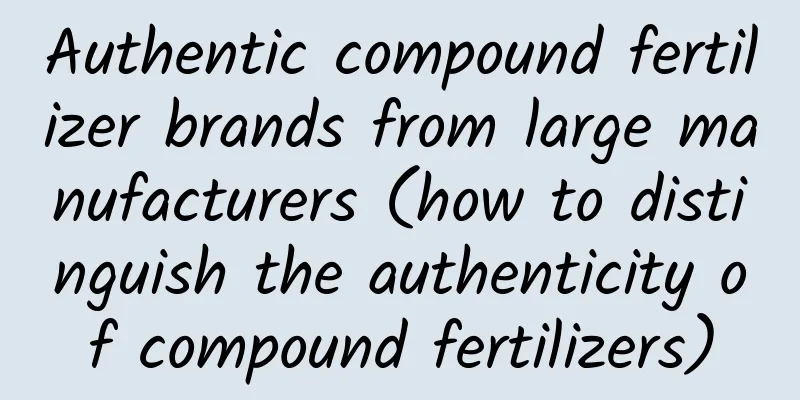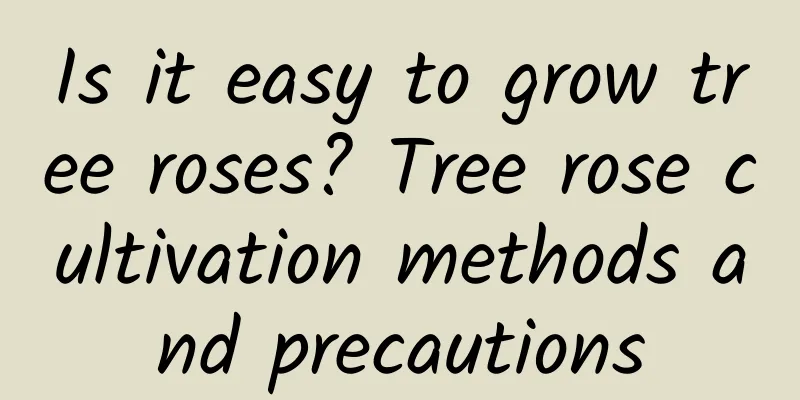Why does Mimosa pudica shrink?

1. PrincipleAt the base of the petiole of the mimosa, there is a unique organ called the "pulvinus", in which grow many thin-walled cells. These thin-walled cells are extremely sensitive and will react to the slightest vibration or stimulation from the outside world. 2. Physiological reactionsWhen the leaves are touched and vibrated, the cell fluid in the parenchyma cells will gradually flow into the gaps between the cells, which greatly reduces the expansion of the cells and reduces the pressure on the parenchyma cells at the end of the pulsatilla, resulting in the leaves being tightly closed and the petioles drooping. As the mimosa continues to grow, the leaves will also grow and close, especially in the silent night, when the leaflets of the mimosa close and the petioles gradually droop. It will also close due to vibration from external forces during the day. When the mimosa is exposed to relatively weak light, the water in the pulsatilla that supports the leaves will flow to the sides due to external forces, causing the leaves to close. This phenomenon will last for less than two minutes, the cell sap will flow back to the pulsation, and the leaf will gradually return to its original state. In addition, the leaves of mimosa will shrink rapidly and then suddenly wither before being subjected to severe vibrations. By using this characteristic, we can use mimosa to predict earthquakes. The editor has finished explaining the contraction of mimosa. I wonder if flower lovers have any understanding of it? |
<<: Maintenance tips for mimosa
Recommend
Diseases and Pests of Trachelospermum variegatedum and Their Control
Diseases and their control of Trachelospermum var...
How to identify Buddleja
1. Blades The leaves of Buddleja are opposite, pa...
Can the golden ball be repotted in summer? Can it survive if repotted in summer?
Can the golden marble be repotted in summer? As l...
Common pests of Clivia
Common pests of Clivia The most common insect pes...
How to water the Jade Plant? This way the leaves will be more translucent!
Watering according to the seasons Spring and autu...
What does azalea mean?
1. National prosperity Rhododendron is one of my ...
Precautions for growing hydrangea in water
1. Change water frequently The first thing to pay...
Cultivation methods and precautions of hydroponic copper coin grass
1. Water quality Because the water quality has so...
How to grow hydroponic Guanyin bamboo in winter
1. Temperature range In hydroponics in winter, te...
Can beer be added to hydroponic green radish?
1. Is it possible? It is best not to add beer whe...
How to breed the star beauty and what to pay attention to
Reproduction method of the star beauty The main m...
Cultivation methods and precautions of money tree
1. Soil Use The soil used is extremely important ...
How to make peach egg bloom, peach egg succulent pictures
1. How to make the pot explode 1. Suitable soil: ...
Poria cocos planting technology and cultivation management methods (the latest high-yield cultivation method of Poria cocos)
Planting technology and cultivation management of...
Gardenia's flower language, Gardenia's flowering period
1. Flower Language 1. Joy: Gardenias bloom in sum...









